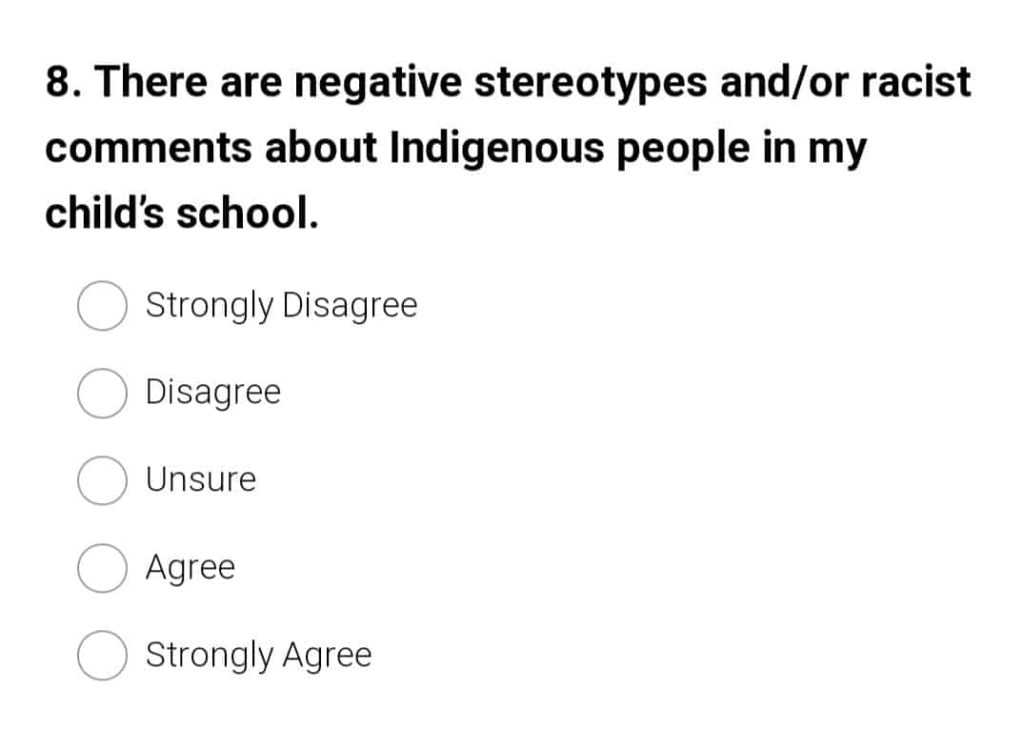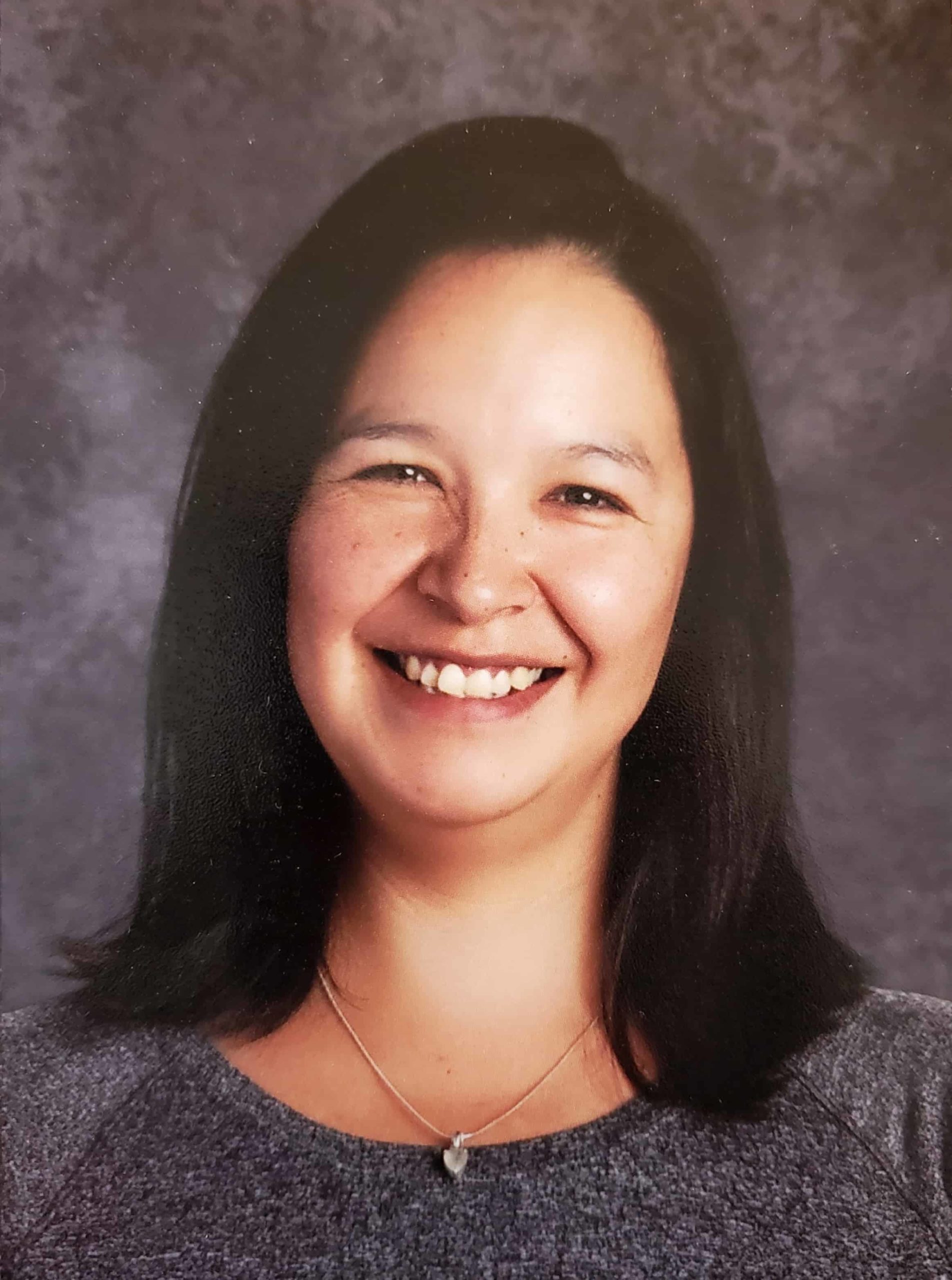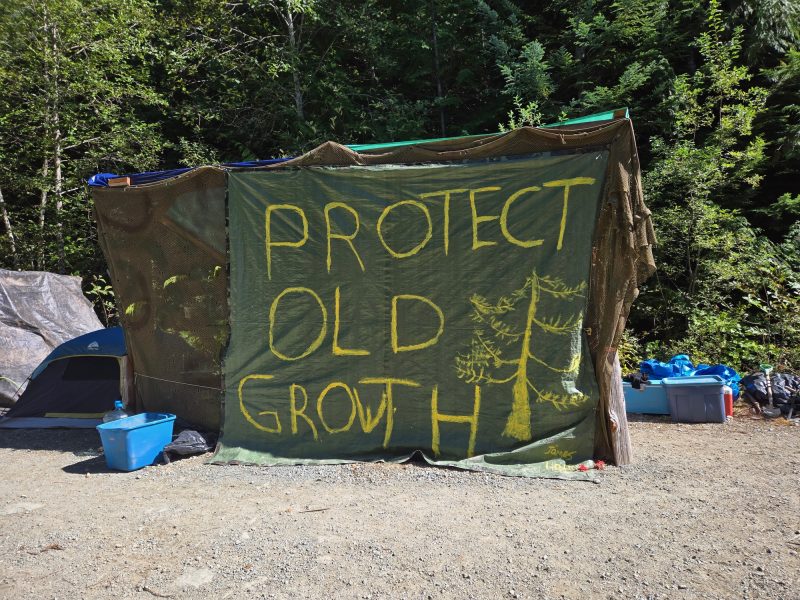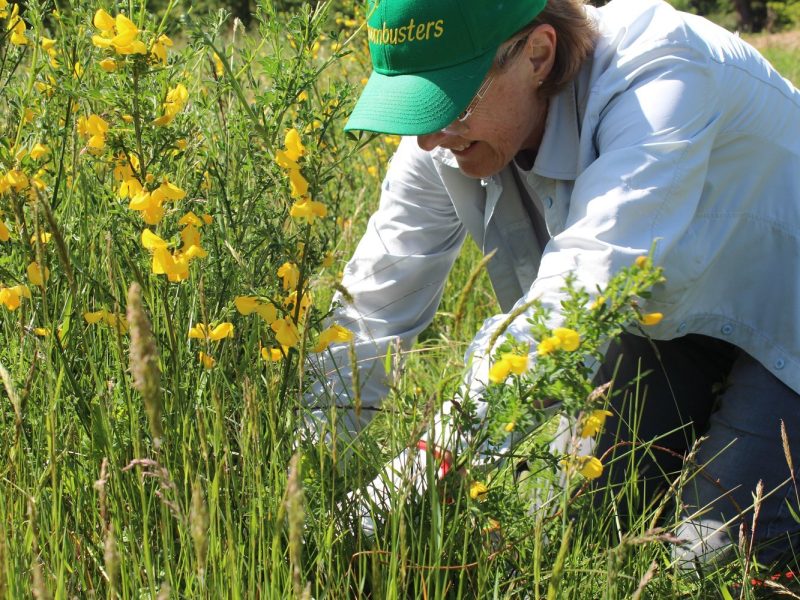
The Greater Victoria School District is inviting parents to participate in an equity scan about their experience of the education system.
“The purpose of the Equity Scan is to identify promising school and system practices, as well as barriers that may be impacting Indigenous students’ achievement and success across the district,” reads a letter sent to parents on February 11.
Samantha Mason, an Indigenous educator and mother to two students in the district, says the survey doesn’t go far enough.
“We are definitely doing a lot better than from when I was a kid, but with the age of reconciliation, I think there definitely needs to be a stronger effort on [the] part of, not just the teachers, but the Ministry of Education as well,” Mason says.
Born in Winnipeg, in Treaty 1 territory, Mason says she moved to Coast Salish territory when she was eight years old, and attended school in the Greater Victoria School District.
“The questions I found on the survey itself were ‘yes or no’ questions, so there wasn’t much space to explain why you are answering the way that you felt, or what you thought could be done better,” Mason says, as she watches her children play in the snow on Family Day on Feb. 15.

While she thinks it’s a good idea for the district to provide a survey for parents to fill out, Mason says it’s hard for some Indigenous parents to feel comfortable speaking with school authority figures, a mistrust rooted in intergenerational trauma stemming from residential school experiences.
“School figures were seen as harsh disciplinaires and people that wanted to shame you, in a sense,” Mason says. “I think a lot of people avoid seeking out an authority figure in their school.”
Mason believes that communicating with Indigenous parents needs to be done on multiple levels, not just through a short online survey.
One thing the equity scan doesn’t address is the lack of Indigenous representation among educators, she says.
At one point Mason says she was working as an Education Assistant (EA) at an inner-city school in Victoria with a “very high” population of Indigenous students, where to her knowledge she was the only Indigenous employee.
“I felt that my children didn’t have a visual representation of people who looked like them and who had cultures like them in teacher roles,” Mason says.
It’s important for Indigenous educators to be working in the school system, says Mason.
“A lot of teachers, as well-intentioned as they are, really don’t know how to connect with Aboriginal children,” she says. “When I connect with my Aboriginal students, I want them to feel like they have somebody that they can talk to and feel comfortable speaking with.”
If schools wants more representation of Indigenous teachers and educators in schools, more positions need to be posted, she says.
Although Mason has been working in the field of education for the past decade, she is now thinking about working more from home and has just enrolled in an online course in genealogy.
“My father was a Sixties Scoop survivor, so contacting and trying to locate family members has been really close to my heart.”
For now, Mason continues to advocate for changes within the school system that she feels will benefit Indigenous students, including her own children. She feels important conversations might be sparked by parents filling out the equity scan, and she encourages others to participate on social media.



